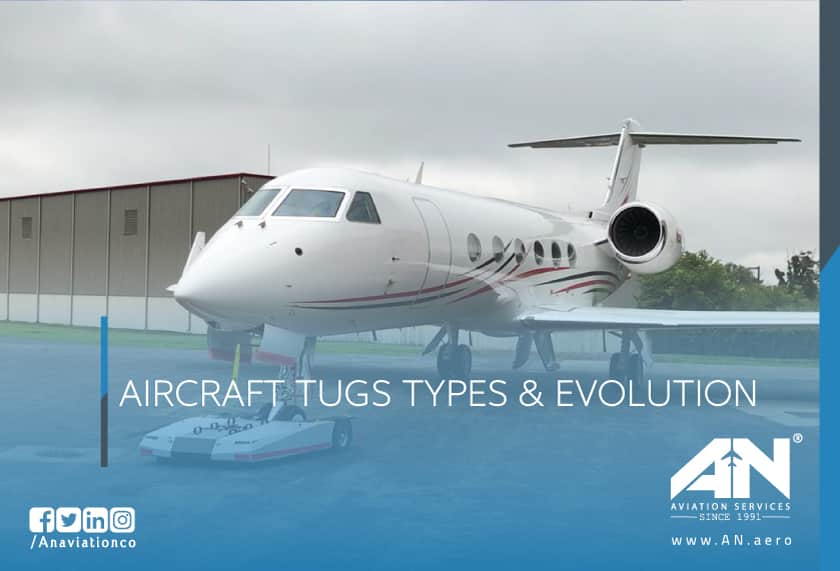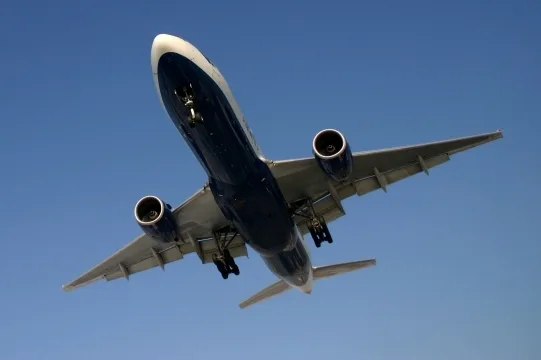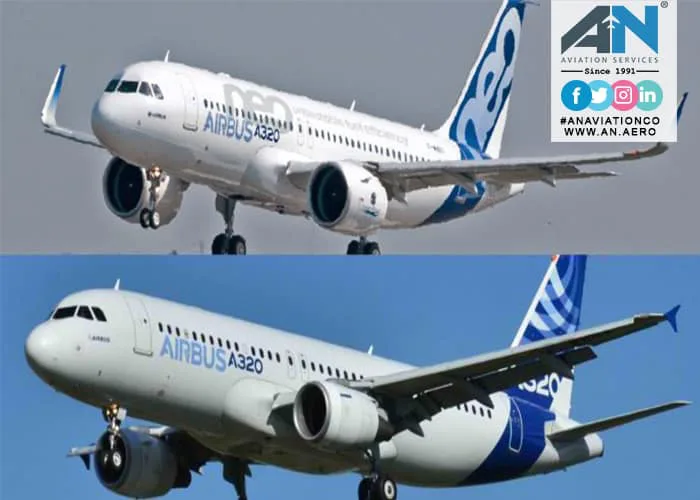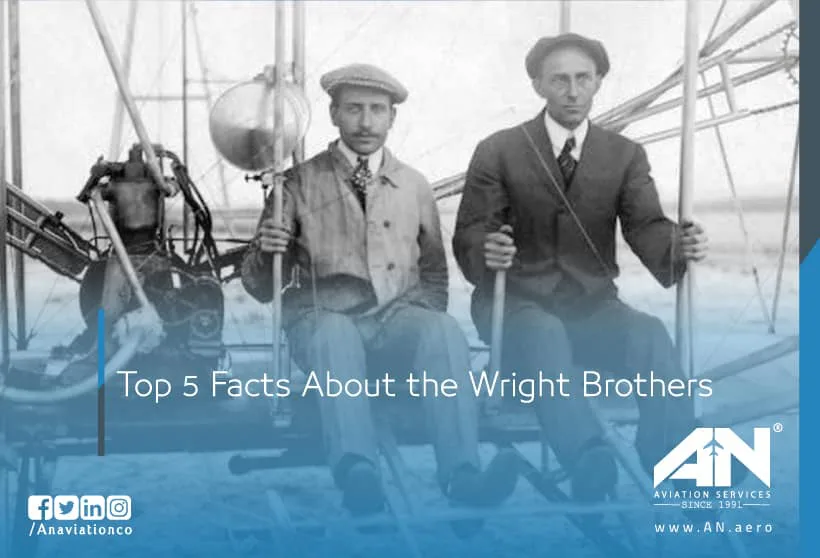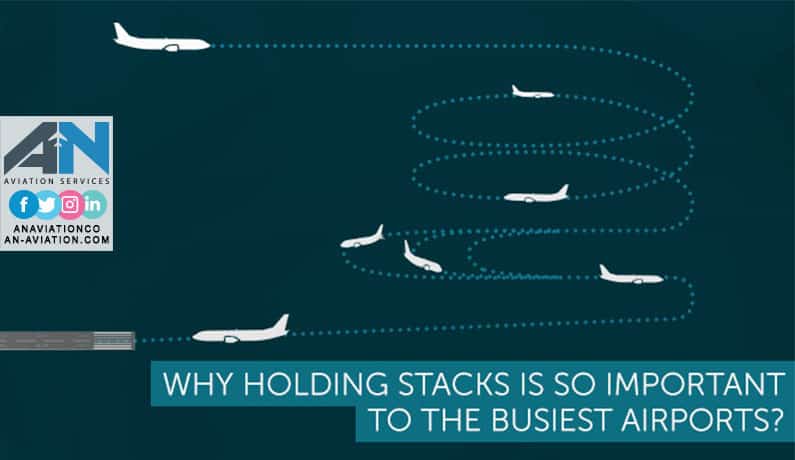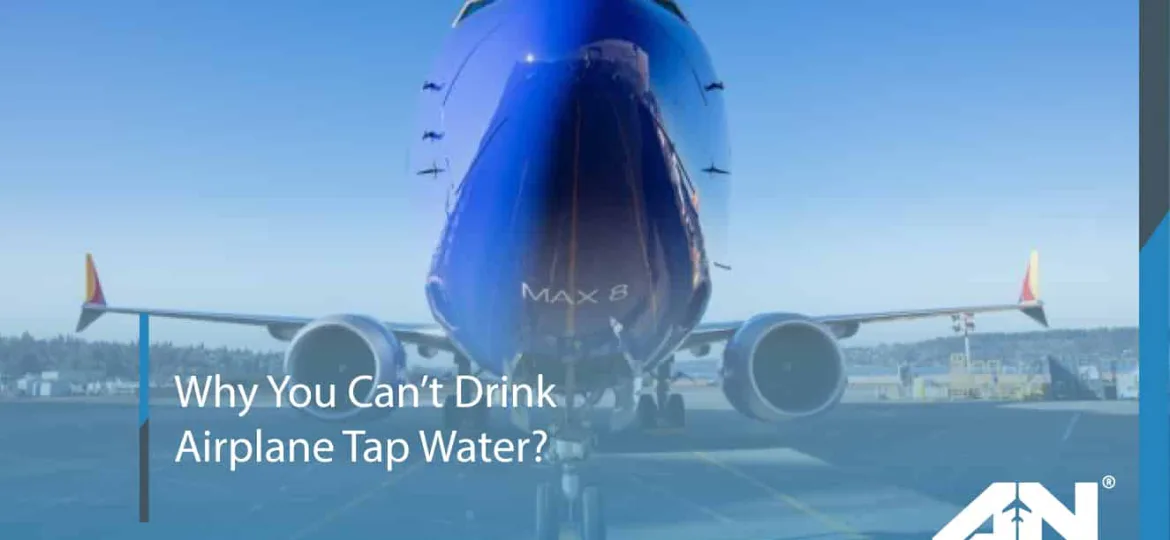
When you’re cruising at 35,000 feet, staying hydrated is essential for your comfort and health. But what about the airplane tap water used for making coffee or tea? Should you trust it? The short answer is no. While major airlines take measures to ensure safety and hygiene, the quality of aircraft tap water has long been a topic of concern for passengers, flight attendants, and health experts alike.
The truth is that the water onboard aircraft often doesn’t meet the same standards as tap water on the ground. In this blog, we’ll explore why you’re better off sticking to bottled water during your flight and avoiding that tempting cup of airplane coffee or tea.
What’s Inside the Water Tanks?
The water used for aircraft tap water is stored in onboard water tanks. While these tanks are designed for functionality, their maintenance and cleaning processes can vary across airlines. Over time, contaminants such as coliform bacteria can accumulate in these tanks, which poses potential health risks.
Unlike bottled or filtered water, the water in these tanks is not consistently refreshed or subjected to rigorous purification processes. This variability in water quality raises concerns, especially during long-haul flights where the tanks may not be thoroughly cleaned between trips.
The EPA’s Role and the Aircraft Drinking Water Rule
The Environmental Protection Agency (EPA) oversees the quality of water onboard commercial airplanes in the U.S. through the Aircraft Drinking Water Rule. This regulation requires airlines to monitor and disinfect their water systems regularly. However, even with these guidelines, inconsistencies persist.
A study conducted by the Hunter College NYC Food Policy Center found that water quality onboard planes can vary widely between airlines. While some airlines meet high standards, others fall short, making it difficult for passengers to know whether the airplane water they’re drinking is safe.
Why Flight Attendants Say No to Tap Water?
If you’ve ever wondered why flight attendants often avoid drinking coffee or tea during flights, it’s because they know firsthand about the potential issues with airplane tap water. The hot water used for these beverages comes from the same tanks as the tap water, which means it’s subject to the same quality concerns.
Even though boiling water kills some bacteria, it may not eliminate all contaminants, particularly in cases where the water system has been compromised. For this reason, many flight attendants prefer to stick to bottled water for hydration.
Water Quality Challenges
The challenges with aircraft tap water come down to several factors:
- Aging Water Tanks: Many airplanes in operation today are decades old, and their water tanks reflect this wear and tear.
- Irregular Maintenance: While the EPA requires routine checks, not all airlines follow the same maintenance schedules.
- Cross-Contamination Risks: The proximity of water tanks to other onboard systems can increase the risk of contamination.
The water’s cleanliness also depends on where the aircraft has been. Planes often fill their water tanks at airports around the world, where water quality and sanitation standards may differ widely.
Coffee, Tea, and the Risk Factor
One of the most common uses for airplane tap water is preparing hot beverages like coffee and tea. While the heat helps reduce the risk of contamination, it’s not foolproof. Many passengers report avoiding these drinks entirely after learning about the potential issues with airline water.
For health-conscious travelers, opting for bottled water or bringing your own sealed drinks onboard is a safer alternative. Additionally, using hand sanitizer instead of washing your hands with tap water can further minimize your exposure to potential contaminants.
Why Bottled Water Is the Safer Option?
Most major airlines provide bottled water to passengers, and for good reason. Bottled water is sourced, sealed, and transported under strict quality controls, ensuring it’s safe to drink. Whether you’re flying on a domestic route or an international long-haul, choosing bottled water over tap water is always the safer bet.
How Airlines Are Addressing the Issue?
To their credit, many airlines are taking steps to improve water quality onboard their aircraft. Some have implemented stricter cleaning schedules for their water tanks, while others are investing in advanced filtration systems to reduce contaminants.
Still, challenges remain, particularly for smaller carriers or older planes that may not have the resources to upgrade their systems. Passengers must stay informed and make choices that prioritize their health and safety.
Tips to Stay Safe
To minimize your risk, here are a few tips for staying safe when it comes to airplane water:
- Always opt for bottled water when it’s available.
- Avoid drinking coffee or tea made with aircraft tap water, unless you’re certain of its quality.
- Use hand sanitizer instead of washing your hands with tap water, especially on long-haul flights.
- Bring your own reusable water bottle filled with filtered water before boarding.
Conclusion
While modern aviation offers unparalleled convenience, certain aspects, like airplane tap water, remind us of the importance of caution. Whether it’s due to aging water tanks, inconsistent maintenance, or the challenges of global airport standards, the quality of water onboard aircraft remains a concern.
Until stricter regulations and technological improvements are universally implemented, it’s best to play it safe. Stick to bottled water, and think twice before enjoying that in-flight cup of coffee or tea. By staying informed and making smart choices, you can ensure a healthier and more comfortable travel experience at 35,000 feet.





